Connecting the Dots: Overcoming Health Information System Challenges in Achieving Universal Health Care
Insights from the Field | by Krizzia Esperanza
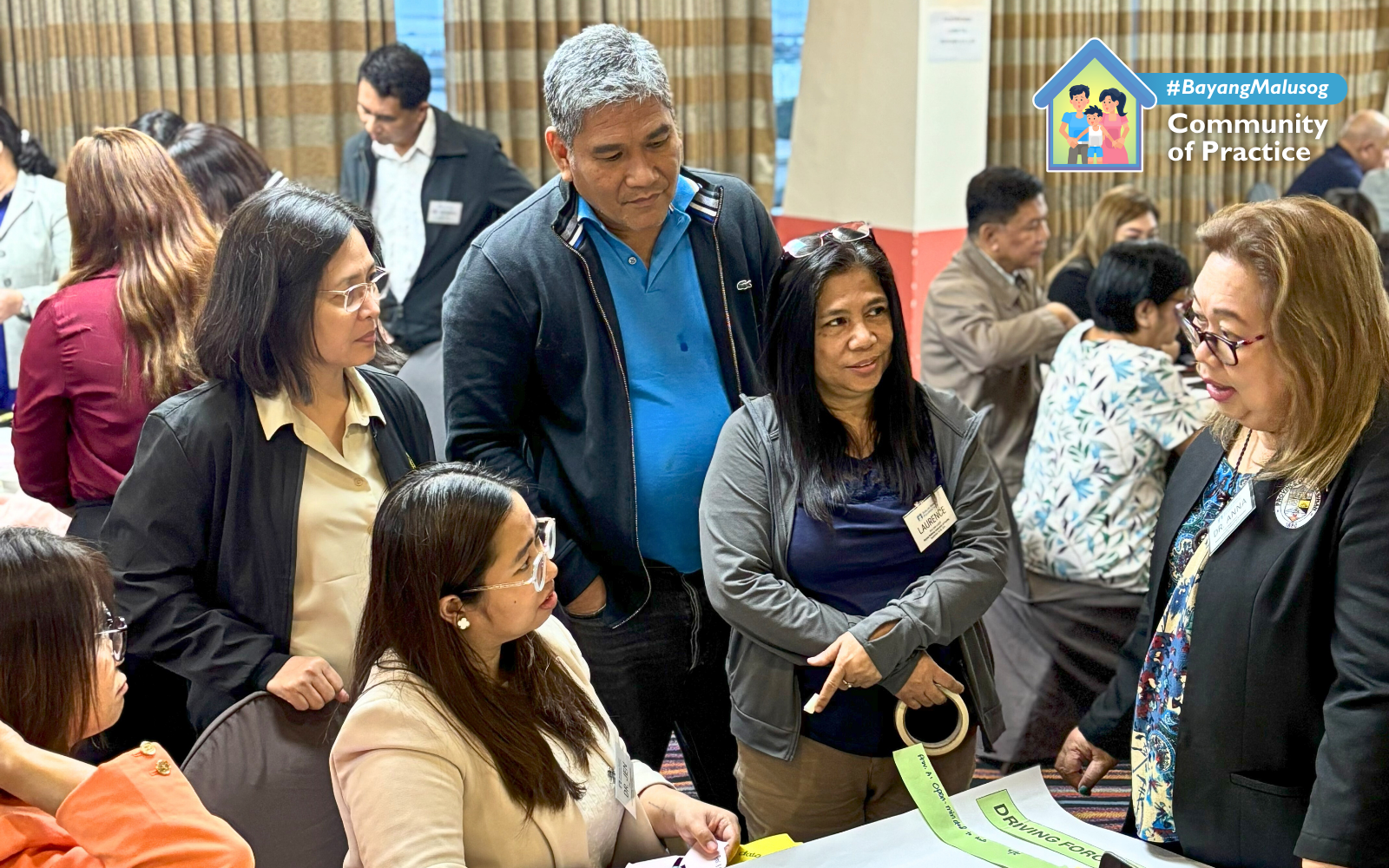
The Zuellig Family Foundation (ZFF) held a two-day event at Bayview Hotel Manila on September 19-20, 2024, to discuss how integrated health information systems (iHIS) can help achieve Universal Health Care (UHC). As part of ZFF’s Bayang Malusog Community of Practice, this technical session gathered Provincial Health Officers, Department of Health (DOH) representatives and UHC Coordinators from Regions 1, 6, 8, Cordillera Administrative Region and Caraga Region to share insights and work together to address the challenges of implementing iHIS across the country.
The event opened with a welcome from Dr. Anthony Faraon, ZFF’s Deputy Executive Director, who urged participants to “make IT happen” by focusing on data and technology to streamline healthcare services. Throughout the event, discussions focused on the need for interoperable HIS—systems that can communicate across hospitals, rural health units (RHUs), and government agencies like the Department of Health (DOH) and PhilHealth. Below are some key insights from the event.
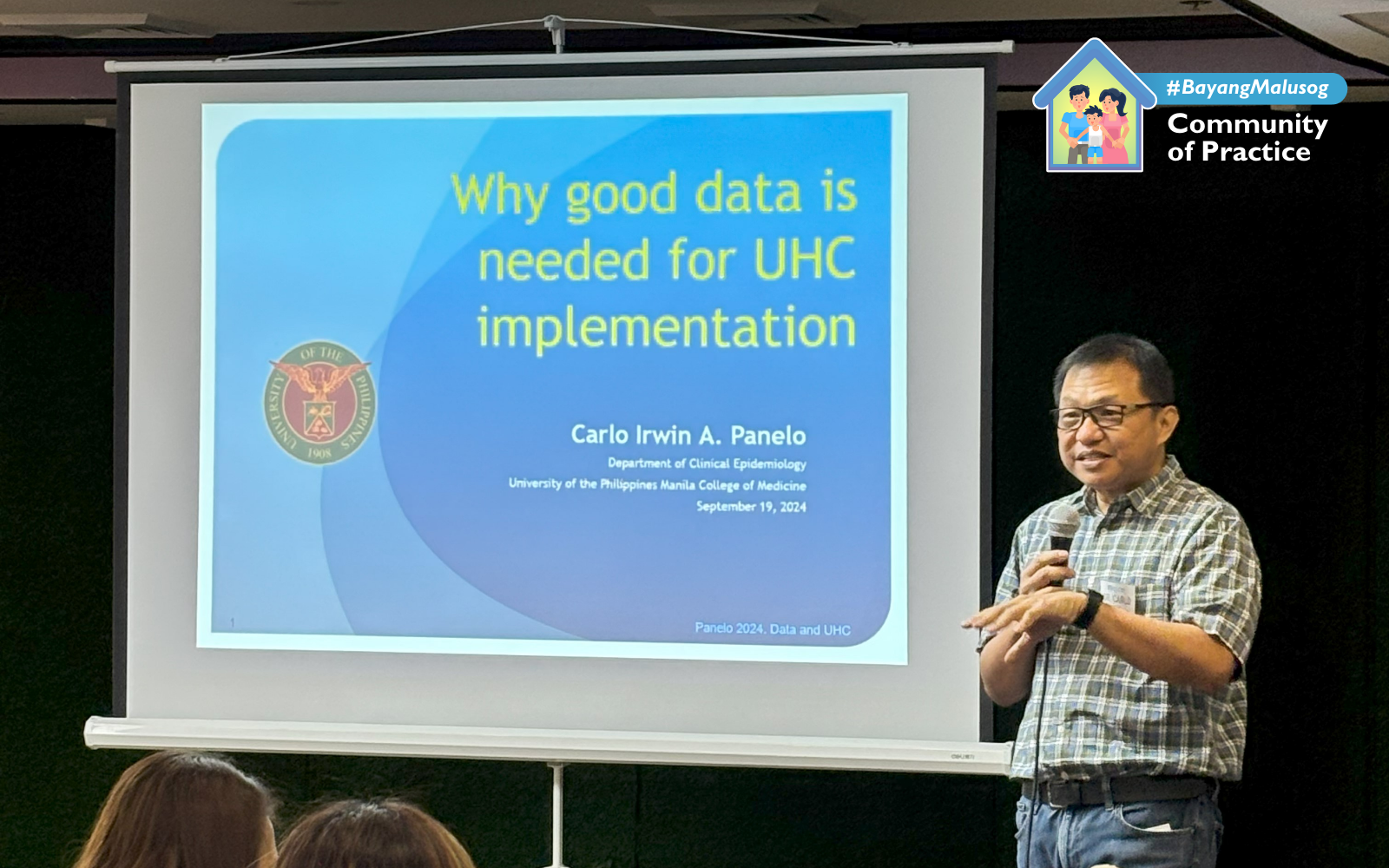
1. Overcoming barriers to interoperable systems. Participants shared similar frustrations about non-interoperable systems, inconsistent internet access, and outdated or insufficient IT infrastructure. These barriers make it difficult for healthcare providers to access patient data in real-time, impacting the efficiency and responsiveness of health services. Several participants agreed that stronger investments in IT infrastructure and training are needed to enable seamless data sharing.
2. Addressing the IT capacity gap. One of the main challenges discussed was the lack of trained IT personnel at the local health unit level. Many RHUs still have staff members who are not computer literate, and there are few dedicated IT personnel to manage HIS. This skills gap limits the ability of local health facilities to effectively use electronic medical records (eMR) and other health data tools.
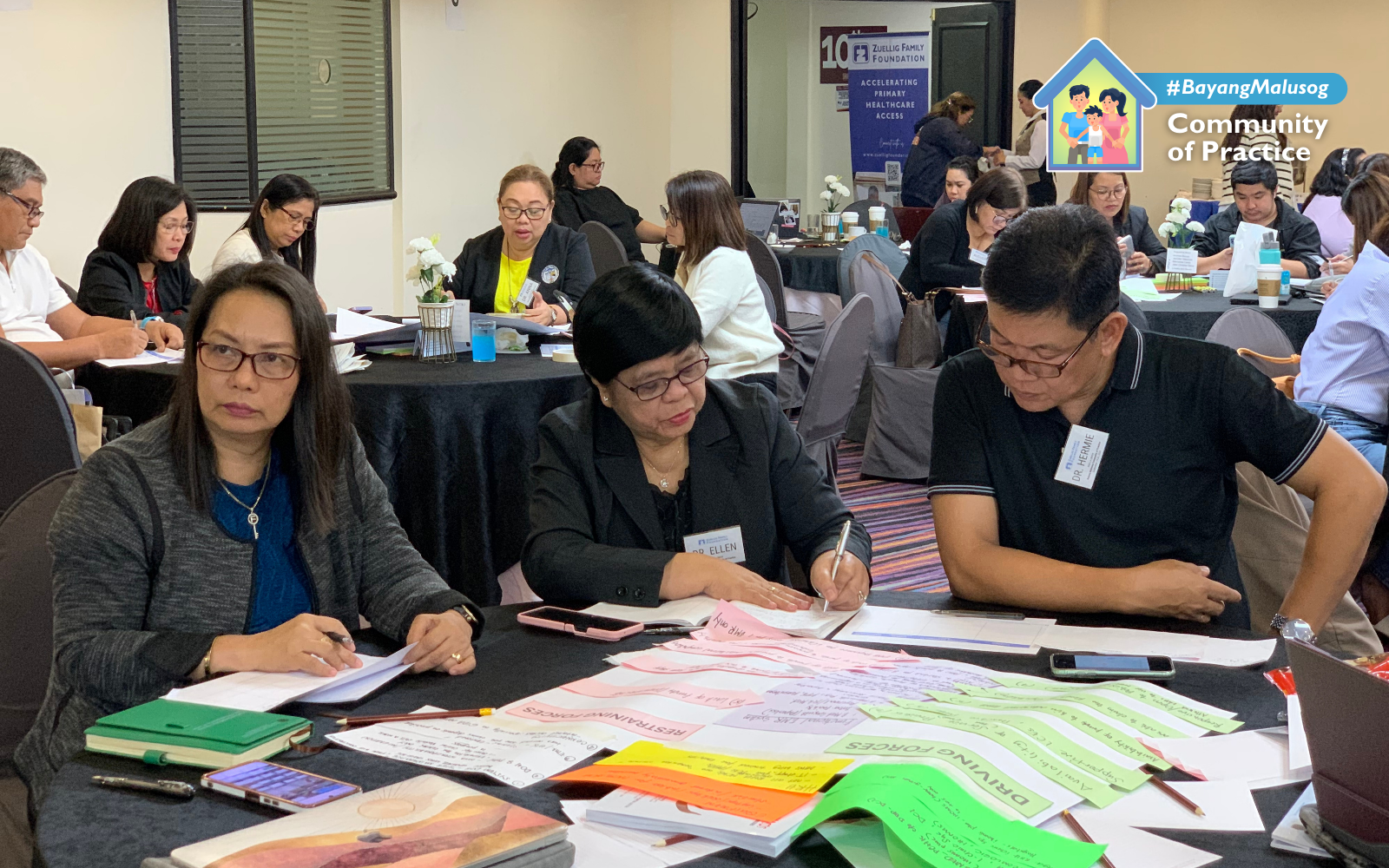
3. The role of leadership and governance. Participants stressed that local chief executives (LCEs) and health leaders must take an active role in prioritizing iHIS. Leadership can make a significant difference in securing funding for IT infrastructure, ensuring proper implementation of systems, and aligning local health initiatives with national policies. Provinces with strong leadership and governance support showed better progress in using iHIS, as leaders invested in technology and human resources to support UHC efforts.
4. Tackling the procurement challenge. Slow and cumbersome procurement processes emerged as a major obstacle in improving HIS. Many regions face delays in acquiring essential equipment like computers, servers, and internet connectivity tools. The lengthy process for purchasing IT infrastructure often results in outdated or insufficient equipment, which hinders the smooth implementation of eMR systems. Participants suggested streamlining procurement processes and providing faster access to funding for IT-related needs as immediate solutions to these bottlenecks.
5. Unified data systems: a work in progress. While DOH is working towards creating an iHIS, progress has been slow due to delays caused by the pandemic. Ms. Cherrie Esteban, DOH-Knowledge Management Information and Technology Services (KMITS) Division Chief, outlined efforts to consolidate various disease registries and create a single system that integrates data across different healthcare levels. However, this remains a work in progress, and many local health units continue to use separate platforms, complicating data management and decision-making.
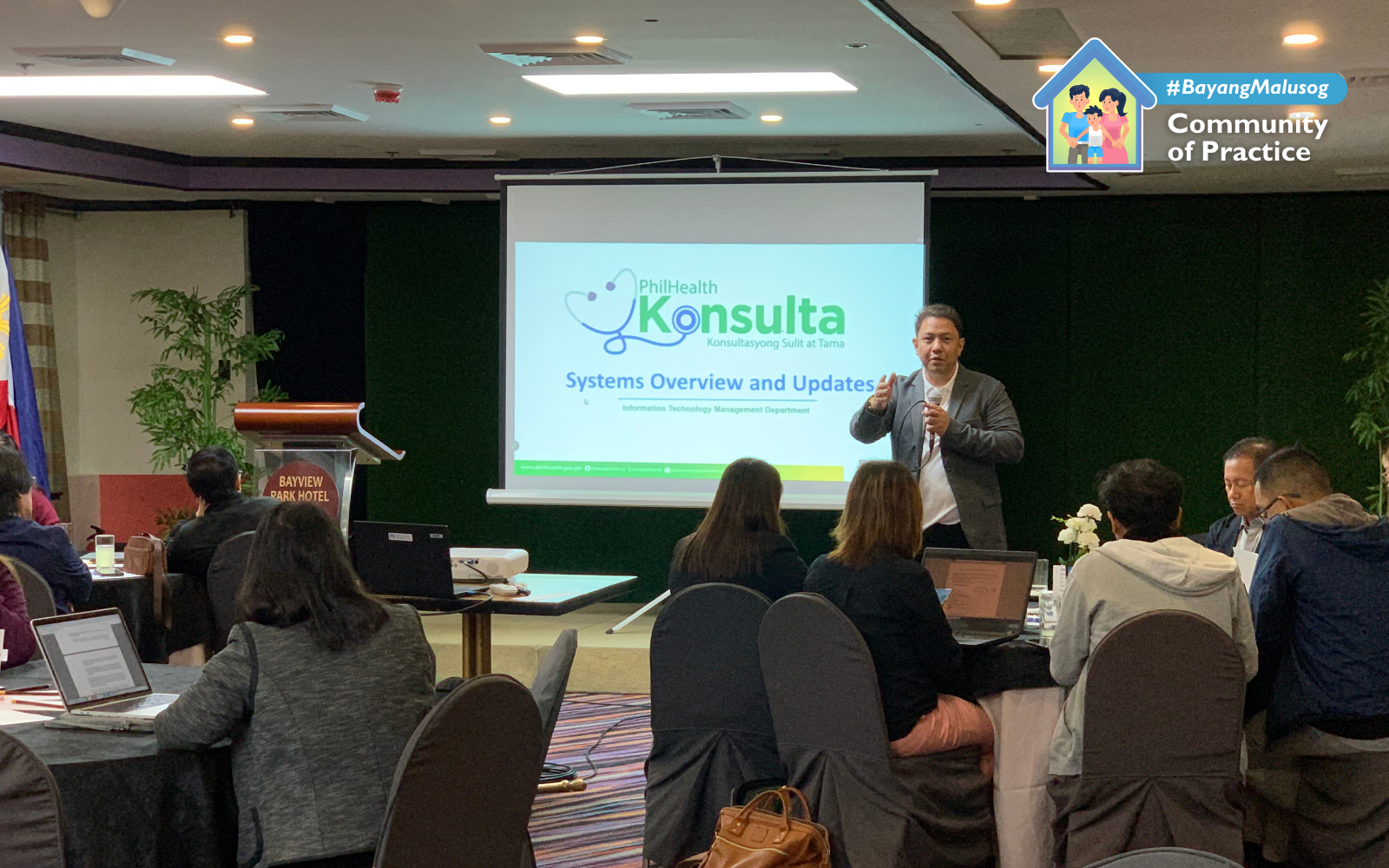
6. Bridging health financing and data needs. One insight shared was the need to align health data with financial systems like PhilHealth. Many participants raised concerns about how health services are financed, noting that inconsistent data reporting affects the ability of local government units (LGUs) to claim PhilHealth reimbursements and secure funding for health programs. Aligning health data systems with financing mechanisms can help improve healthcare delivery by ensuring that funds are allocated where they are most needed.
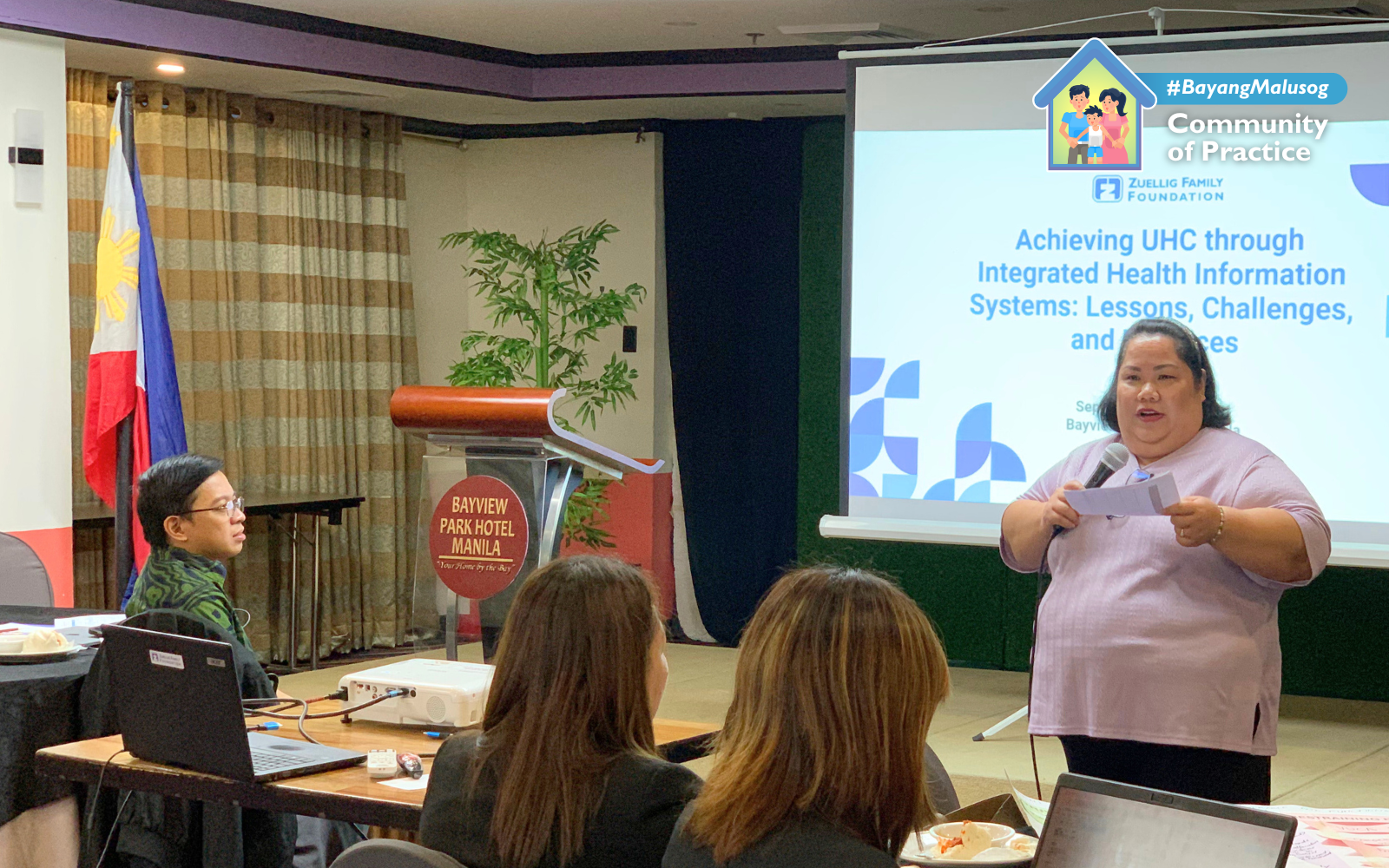
The event concluded with an action planning session where the participants outlined specific steps to improve their respective HIS. Common priorities included upgrading IT infrastructure, providing training for health workers, and securing support from both local governments and national agencies like DOH and PhilHealth. Participants also stressed the need for continued collaboration across regions, sharing best practices and lessons learned as they work towards achieving UHC. While challenges remain, the collective effort to improve HIS will be key to accelerating the realization of UHC for all Filipinos.